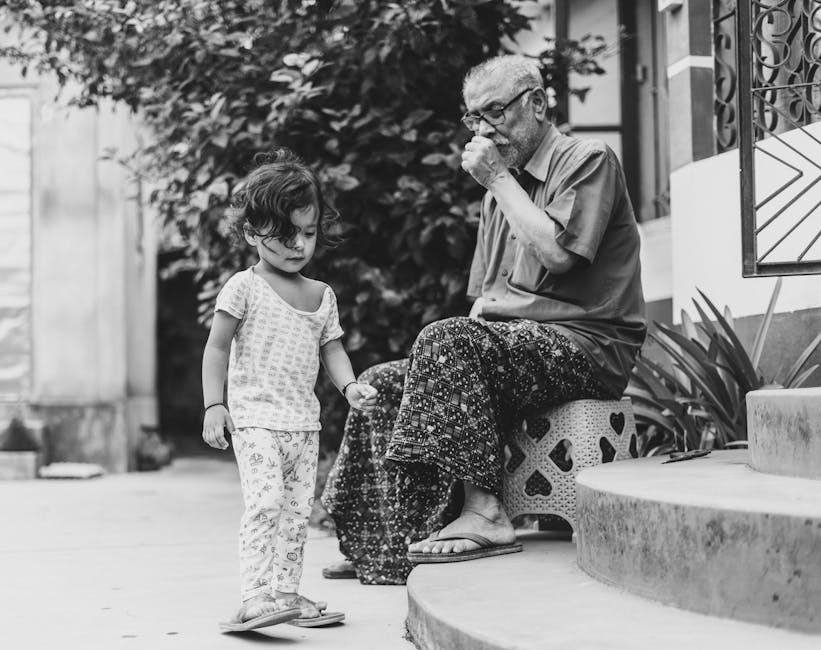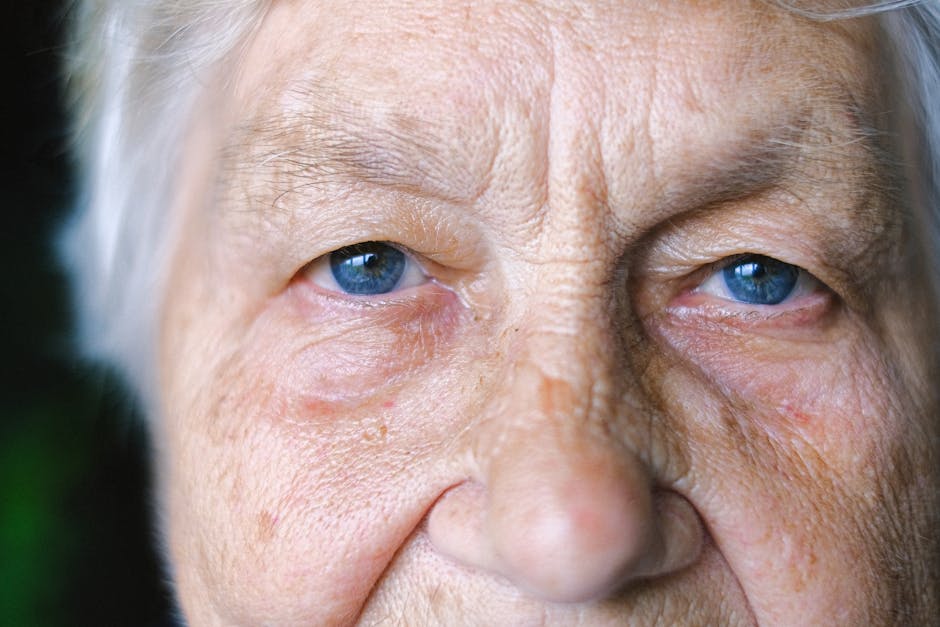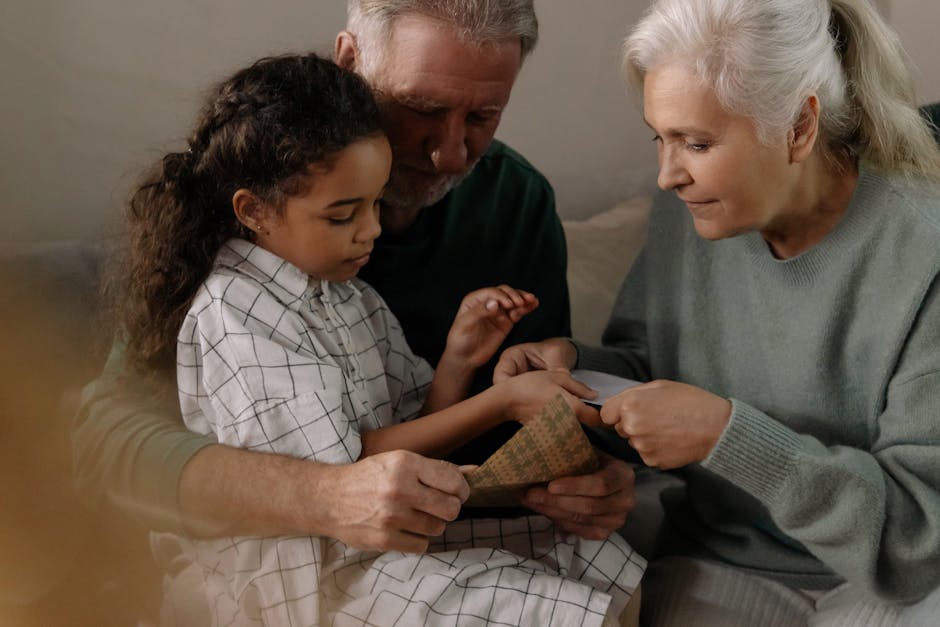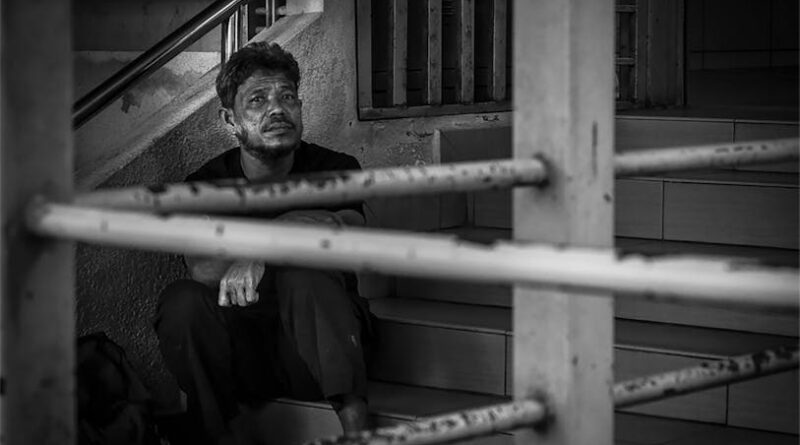Building Empathy Through Storytelling: The Power of Narrative
Storytelling has been a fundamental aspect of human communication for centuries, serving as a means to share experiences, convey emotions, and connect with others on a deeper level. In recent years, there has been a growing recognition of the role storytelling plays in fostering empathy, the ability to understand and share the feelings of another. By immersing ourselves in the narratives of others, we can expand our perspectives, cultivate compassion, and bridge the gaps that divide us.
But how exactly does storytelling contribute to the development of empathy? What are the mechanisms at play, and what are the implications for individuals and society as a whole? In this article, we will explore the intricate relationship between storytelling and empathy, delving into the science behind this connection, examining real-life examples of its impact, and discussing the potential of harnessing narratives to build a more empathetic world.
The Science of Empathy

Empathy is a complex psychological phenomenon that involves the ability to understand and share the emotions of others. It is essential for forming meaningful relationships, promoting social cohesion, and driving prosocial behaviors. Research has shown that empathy is not merely a trait we are born with but a skill that can be nurtured and enhanced through various means, including exposure to diverse perspectives and experiences.
One of the key ways in which empathy is cultivated is through storytelling. When we engage with narrativeswhether in the form of books, movies, or personal anecdoteswe are transported into the minds and hearts of the characters, experiencing their joys, sorrows, and struggles as if they were our own. This process of emotional identification is at the core of empathy, allowing us to connect with others on a deeply human level.
Neuroscientific studies have shed light on the mechanisms underlying empathy and its relationship to storytelling. When we hear a compelling story, our brains light up in areas associated with empathy and social cognition, such as the mirror neuron system and the prefrontal cortex. This neural activation mirrors the emotions and experiences of the characters, enabling us to simulate their mental states and respond with compassion and understanding.
The Power of Personal Narratives

Personal narratives have a unique ability to evoke empathy by humanizing abstract concepts and creating emotional connections between individuals. By sharing their own stories of triumph and adversity, people can break down barriers, challenge stereotypes, and foster a sense of common humanity. Personal narratives have the power to inspire change, promote inclusivity, and create a more empathetic society.
One poignant example of the power of personal narratives is the LGBTQ+ rights movement. Through the sharing of personal stories and experiences, LGBTQ+ individuals and their allies have been able to raise awareness about the challenges they face, combat discrimination, and advocate for equal rights. By putting a human face on complex social issues, personal narratives have the ability to challenge entrenched beliefs and inspire empathy and understanding.
Another compelling example of the impact of personal narratives is the #MeToo movement, which has brought to light the prevalence of sexual harassment and assault. By sharing their stories of abuse and trauma, survivors have sparked a global conversation about consent, boundaries, and power dynamics. These narratives have not only empowered survivors to speak out but have also encouraged bystanders to listen, learn, and take action to prevent future harm.
Empathy in Fiction and Film

Fiction and film have long been recognized as powerful tools for building empathy by allowing audiences to step into the shoes of diverse characters and navigate the complexities of their lives. Through compelling storytelling, writers and filmmakers can challenge societal norms, provoke empathy, and spark meaningful conversations about identity, privilege, and social justice.
One notable example of a work of fiction that has captivated audiences and fostered empathy is Harper Lee’s “To Kill a Mockingbird.” Through the character of Atticus Finch, a lawyer who defends a black man falsely accused of raping a white woman in the racially charged South, Lee confronts issues of racial prejudice, injustice, and moral courage. The novel has been praised for its nuanced portrayal of empathy and its exploration of the complexities of human nature.
In the realm of film, the documentary “13th” directed by Ava DuVernay has had a profound impact on viewers by exposing the systemic racism embedded in the criminal justice system. Through interviews, archival footage, and historical context, the film sheds light on the ways in which African Americans have been disproportionately targeted and marginalized by the prison-industrial complex. By sharing these stories of injustice and resilience, “13th” challenges viewers to confront their own biases and take action to create a more equitable society.
Interactive Storytelling and Virtual Reality

Advancements in technology have opened up new possibilities for immersive storytelling experiences that can enhance empathy by creating virtual worlds and characters that users can interact with in real-time. Virtual reality (VR) has emerged as a promising tool for building empathy by allowing users to step into the shoes of others and see the world from their perspective.
One notable example of the use of VR for empathy-building is the project “Becoming Homeless: A Human Experience” developed by Stanford University’s Virtual Human Interaction Lab. In this immersive experience, users are transported into the life of a homeless person, facing challenges such as finding shelter, food, and safety. By embodying the experiences of a homeless individual, users gain a deeper understanding of the struggles they face and the stigma they endure.
Interactive storytelling platforms such as video games have also been explored as a means to build empathy by allowing players to make choices that impact the narrative and the characters. Games like “That Dragon, Cancer” and “Papo & Yo” have been praised for their emotional depth, thought-provoking themes, and ability to evoke empathy by immersing players in the struggles and triumphs of the characters.
Building Empathy Through Education
Education plays a crucial role in fostering empathy by exposing students to diverse perspectives, promoting critical thinking, and encouraging dialogue about social issues. By integrating storytelling into the curriculum, educators can create opportunities for students to engage with complex topics, develop empathy, and cultivate a sense of social responsibility.
One innovative approach to incorporating storytelling into education is the use of literature circles, in which students read and discuss novels that explore themes of empathy, compassion, and social justice. By analyzing characters’ motivations, actions, and relationships, students can deepen their understanding of human behavior and the impact of empathy on individual and collective well-being.
Another effective method of building empathy through education is through community service-learning projects that allow students to engage with local organizations, populations, and issues. By volunteering, conducting research, and reflecting on their experiences, students can develop a deeper sense of empathy, cultural awareness, and civic engagement, laying the foundation for a more compassionate and just society.
Expert Opinions
Experts in the fields of psychology, sociology, and literature have long recognized the profound impact storytelling can have on empathy. Dr. Jamil Zaki, a professor of psychology at Stanford University and author of “The War for Kindness: Building Empathy in a Fractured World,” emphasizes the importance of storytelling in cultivating empathy and compassion. According to Dr. Zaki, stories have the power to bridge divides, challenge stereotypes, and inspire positive social change.
Similarly, Dr. Bren Brown, a research professor at the University of Houston and author of “Daring Greatly: How the Courage to Be Vulnerable Transforms the Way We Live, Love, Parent, and Lead,” highlights the role vulnerability plays in fostering empathy and connection. Through her research on shame, empathy, and resilience, Dr. Brown has shown that sharing our stories of struggle and triumph can create meaningful connections and deepen our capacity for empathy.
Common Misconceptions
Despite the numerous benefits of storytelling in building empathy, there are some common misconceptions that can hinder its effectiveness. One of the misconceptions is that empathy is solely a passive emotional response to the suffering of others. In reality, empathy is a complex cognitive and emotional process that involves perspective-taking, emotional regulation, and compassionate action.
Another misconception is that empathy is only relevant in personal relationships and has no place in larger societal issues. However, empathy is essential for fostering understanding, reconciliation, and social change by allowing individuals to connect with the experiences of others, recognize commonalities, and work towards a more just and inclusive world.
Conclusion
Building empathy through storytelling is a powerful tool for fostering understanding, compassion, and connection in an increasingly diverse and interconnected world. By engaging with narratives that challenge our beliefs, evoke our emotions, and expand our perspectives, we can cultivate empathy, bridge divides, and create a more empathetic society.
As we continue to explore the intersection of storytelling and empathy, it is essential to recognize the transformative potential of narratives to inspire change, promote social justice, and build a more equitable world. By embracing the power of storytelling to connect us with the experiences of others, we can pave the way for a more empathetic and compassionate future.
To wrap things up, let us remember the words of author Chimamanda Ngozi Adichie: “Stories can break the dignity of a people, but stories can also repair that broken dignity.” Let us harness the power of storytelling to repair, heal, and unite us in our shared humanity.




